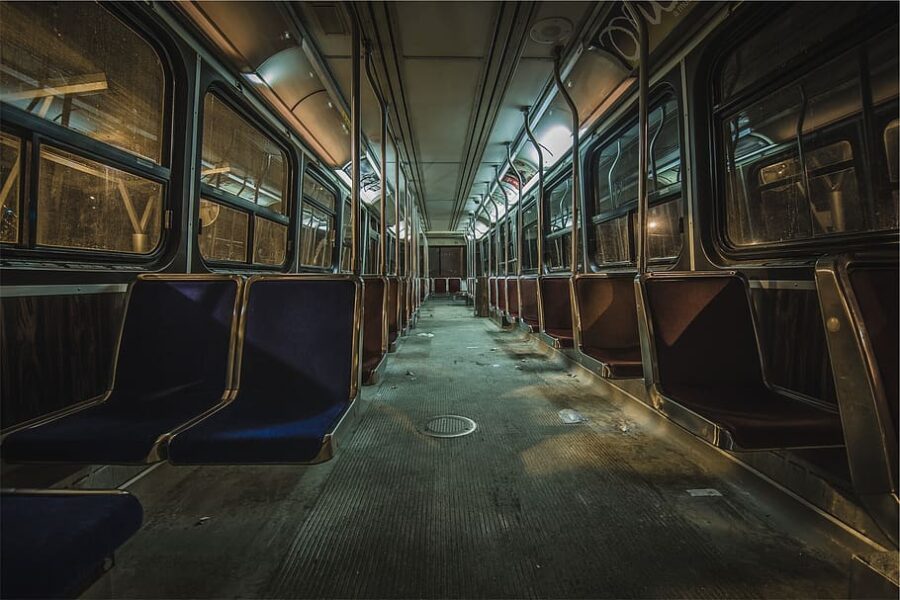The End Of Public Transportation: Why It May Not Survive
One more victim of the coronavirus, believe it or not, is our public transportation system.
This article is more than 2 years old

If it’s one thing we can all agree upon, Captain Obvious, it’s that the COVID-19 pandemic has destroyed businesses across the nation. Small and even large business have gone by the wayside, many without the means or ability to see themselves making a comeback. It’s a sad, brutal fact that is going to make our nations recovery much more difficult. One more victim of the coronavirus, believe it or not, is our public transportation system.
“I am not aware of anything in our lifetime that’s been anywhere near this,” said Dr. Eric Gonzales, a professor of civil and environmental engineering at the University of Massachusetts to Digital Trends. He also went on to add, “I think that the closest parallel would be in a place that experienced war, which, fortunately for the United States, has not been something we’ve had to deal with in most of our lifetimes. We could look at what happened in Europe during World War II, but when the war is over, people know the war’s over.”
What Gonzales is referring to is the how far public transportation usage has dropped in the light of the pandemic, seeing upwards of 90% in some cities. Trains and buses move along at less than 50% capacity, with many of those citizens who do venture out taking their own means of transportation. At this point even with public businesses slowly beginning to open to use, people’s confidence in being on a bus or train, in close proximity to one another, continues to wane.
So is this the death of public transportation as we know it? In Boston, Gonzales’ numbers seem to hold true. The Massachusetts Bay Transportation Authority is reporting a 90% decrease in ridership since the pandemic began. In New York, the subway system has, in turn, seen a 92% drop.
It seems there is no relief for this so-called “Death Spiral.” There is also no answer for how to regain public confidence and get them to return. According to a poll taken by YouGov and shared with Digital Trends, 55% of Americans feel uncomfortable if they were to ride public transportation right now. They were also asked what steps would be necessary for them to return to public transportation. 60% said to sanitize seats, doors, and handles multiple times a day. 53% said passenger capacity should be limited while 52% said all passengers should be required to wear a mask. In general, though, 30% polled said they won’t be comfortable riding public transit until the social distancing measures are completely lifted while another 25% said they won’t be comfortable riding while the coronavirus exists.
Not only is the fear real in terms of actually getting back on public transportation, but there is also the fear of rising prices. With ridership falling at such a dramatic pace, you can’t help but wonder if and when public transportation across the globe will begin to jack up fares in order to make up what they’ve lost.
So, what are we going to lose, if public transportation takes a dump? Well, imagine if you can, large cities such as New York trying to survive with MORE cars on their roads. How about the San Francisco/Oakland Bay Area without BART? At best, these places come to a standstill while public transit is fully functioning. A one-hour commute across town would probably triple, even if all those cars end up being self-driving cars.
At the moment, there is no simple solution. The key is to regain confidence of riders. Perhaps over time, as the nation slowly opens itself back up, confidence will be something inherent to the surroundings. People will see life returning to a somewhat normal pace, life will slowly begin to look familiar, and understanding their ability to get from one place to another easily will take over. Or maybe as more big city problems like riots and protest arise, people will abandon cities as a realistic way to live.
Our “new normal” will have a lot to do with what happens next. How we stay safe and clean will be a big factor in attracting people back to our public transportation systems. We, as a nation, have a lot of work ahead of us but we, as a nation, have the capability to make it happen.












